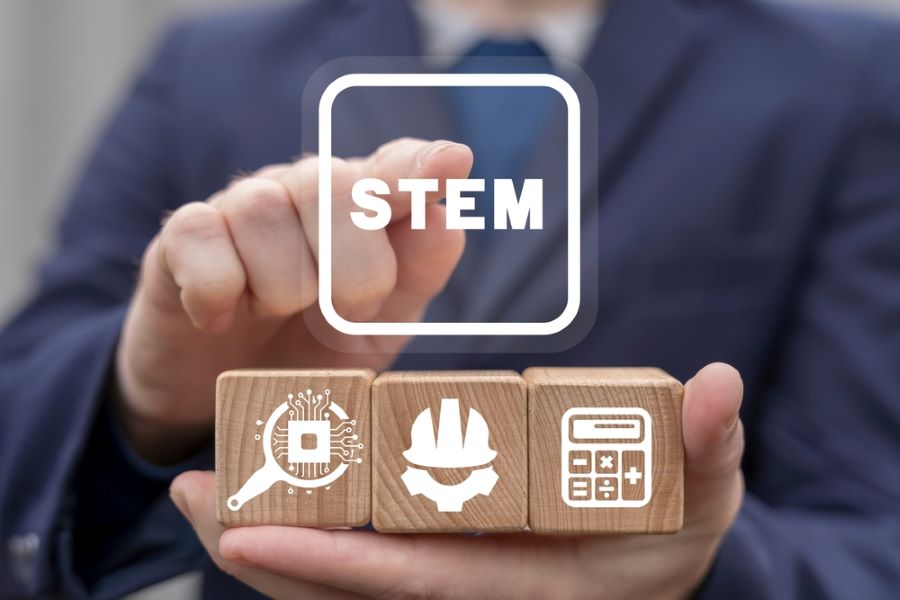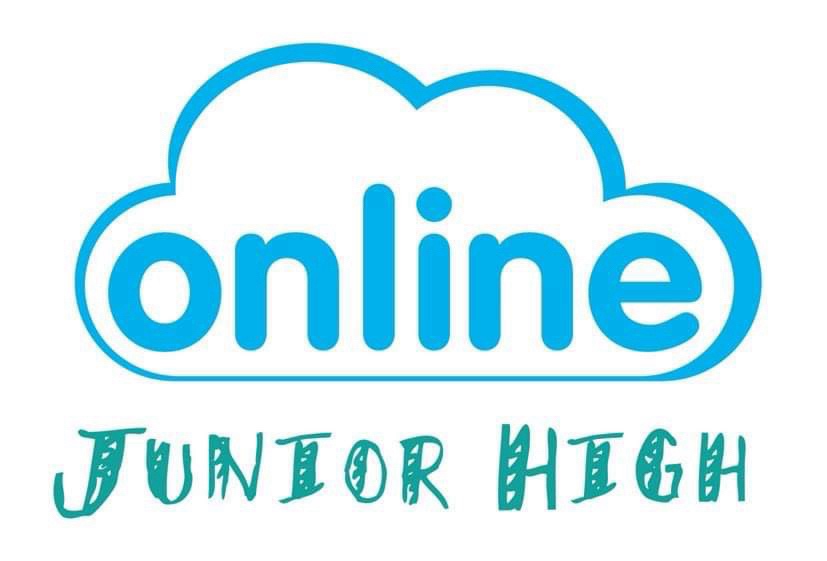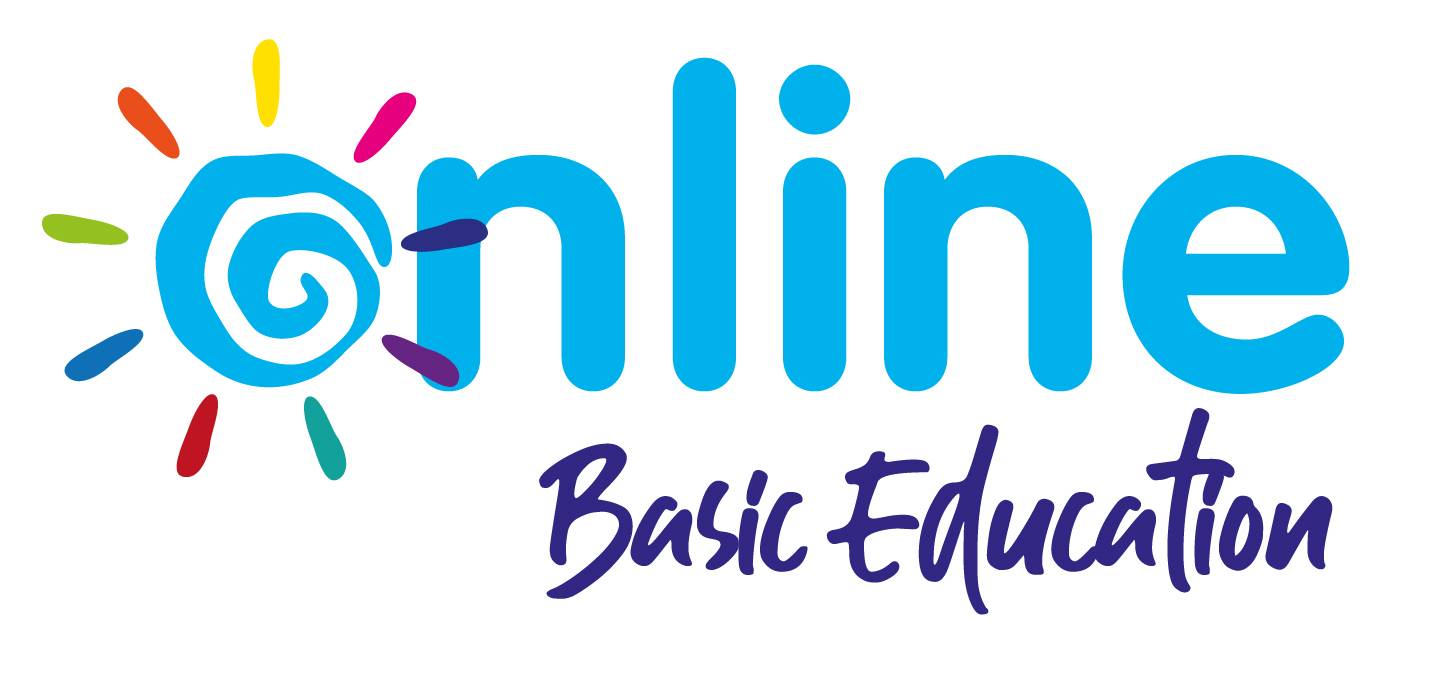The Science, Technology, Engineering, and Mathematics (STEM) strand in Senior High School (SHS) is a specialized curriculum with subjects designed to prepare students for the complex and exacting world of STEM-related careers. With the rapid advancement of technology and growing global challenges, there’s a pressing need for individuals who possess strong analytical skills, creativity, and a deep understanding of scientific principles. The STEM strand addresses this need by crafting a strong educational foundation for students who are passionate about these fields.
Whether you’re a high school student considering your educational options or a parent supporting your child’s future, choosing the right academic path can have a significant impact. As part of our guide to all strands in senior high school, we will walk you through what the STEM strand is, the subjects you can expect in the STEM strand, and why you should choose it.
Understanding the STEM Strand
Before we dive into what the STEM strand entails, let’s first take a look at what the STEM strand is.
The STEM strand caters to students who are intrigued by the natural sciences, technology, and engineering concepts. It exposes them to a comprehensive range of subjects that build a solid foundation for further studies or careers in STEM.
Beyond traditional classroom learning, the STEM strand encourages hands-on experiences, research projects, and internships, providing students with practical knowledge and insights into real-world applications. This holistic approach ensures that STEM students are well-equipped to pursue diverse career paths, from engineering and technology to medicine and environmental science.

How Many Subjects Are There in the STEM Strand?
At our online senior high school in the Philippines, our STEM strand in SHS comprises 36 subjects across four semesters, with a mix of core, applied, and specialized subjects. There are 10 subjects in the first semester and 8 in the second in the Grade 11 STEM strand in the Philippines, including General Mathematics, Basic Calculus, and General Chemistry. The Grade 12 STEM strand in the Philippines continues with 9 subjects in the first semester and 9 in the second, featuring subjects like General Physics 1 and General Biology 2.
Core subjects provide a foundational education, applied subjects offer additional skills, and specialized subjects focus on STEM-related topics. This comprehensive structure ensures that STEM students are well-prepared for advanced studies and careers in science, technology, engineering, and mathematics.
The Main Subjects
Because the STEM strand is designed to prepare students for careers in science, technology, engineering, and mathematics, it focuses on rigorous academic courses that build a strong foundation in these areas. Here’s a breakdown of the subjects typically covered in the STEM strand:
Science
- Biology: The study of living organisms, covering topics like cell biology, genetics, ecology, and human anatomy.
- Chemistry: The study of matter, including chemical reactions, stoichiometry, organic chemistry, and inorganic chemistry.
- Physics: The study of matter and energy, exploring concepts like mechanics, electromagnetism, and thermodynamics.
- Earth Science: The study of Earth’s processes, focusing on geology, meteorology, oceanography, and environmental science.
Technology
- Computer Science: Involves programming, algorithms, data structures, and software development.
- Information Technology: Explores computer networks, databases, cybersecurity, and IT infrastructure.
- Robotics: Combines engineering and technology, focusing on the design and operation of robots.
Engineering
- Engineering Basics: Introduces principles of engineering design, including simple machines, structural analysis, and problem-solving.
- Advanced Engineering: May include specialized topics such as civil engineering, mechanical engineering, or electrical engineering.
Mathematics
- Calculus: Covers limits, derivatives, and integrals, essential for advanced studies in science and engineering.
- Statistics and Probability: Deals with data analysis, probability distributions, and inferential statistics.

These subjects collectively form the core of the STEM strand, offering a comprehensive and integrated approach to education in science, technology, engineering, and mathematics. They are designed to build a strong foundation for students to pursue further studies or careers in a wide range of STEM-related fields.
Why Choose the STEM Strand
Choosing the STEM strand in SHS offers a wealth of opportunities and benefits. Here are key reasons why you might consider choosing the STEM strand:
Critical Thinking and Problem-Solving
STEM subjects emphasize analytical skills and complex problem-solving, preparing students for both academic challenges and real-world applications, and cultivating a mindset that is adaptable to a wide range of industries and disciplines.
In-Demand Careers
STEM careers are among the fastest-growing, with high demand in fields like engineering, technology, data science, and healthcare. A STEM background often leads to excellent job prospects, frequently accompanied by competitive salaries and opportunities for career advancement.
Innovation and Creativity
The STEM strand encourages creativity and innovation, allowing students to design projects, explore new ideas, and create solutions to real-world problems, fostering a sense of curiosity and a mindset oriented toward continuous improvement and experimentation.
Versatile Career Paths
The skills acquired in the STEM strand are versatile, offering a range of career options from software development and robotics to medicine and biotechnology, ensuring that graduates are equipped to thrive in a rapidly evolving job market.

Hands-On Learning
STEM education often involves practical, hands-on experiences like lab work, engineering projects, and technology-based activities, making learning more engaging and applicable, while also fostering teamwork and creativity among students.
Preparation for Higher Education
The STEM strand provides a solid foundation for college-level studies in science, technology, engineering, and mathematics, preparing students with the critical thinking skills and problem-solving abilities needed for advanced academic and professional success.
Contribution to Society
STEM careers offer opportunities to make a positive impact on society through innovations in healthcare, sustainability, and technology, empowering professionals to solve complex global challenges and drive progress for a better future.
If you’re seriously considering taking the STEM strand for yourself or your child, you also need to know about the doors it’ll unlock.
What are the Possible Careers In STEM
The possible careers in the STEM strand offer a wide range of opportunities across the different disciplines. Here’s a brief overview of possible careers in each area:
Science Careers
- Biologist: Studies living organisms and ecosystems.
- Chemist: Works with chemical substances and reactions.
- Physicist: Investigates the laws of physics.Environmental Scientist: Focuses on sustainability and conservation.
- Geologist: Examines Earth’s structure and processes.
Technology Careers
- Software Developer: Designs and codes software applications.
- Data Scientist: Analyzes large datasets for insights.
- Cybersecurity Specialist: Protects computer systems from threats.IT Manager: Manages IT operations and infrastructure.
- AI Engineer: Develops artificial intelligence systems.
Engineering Careers
- Civil Engineer: Designs infrastructure like roads and bridges.
- Mechanical Engineer: Works on mechanical systems and machinery.
- Electrical Engineer: Designs electrical circuits and power systems.
- Chemical Engineer: Applies chemistry to industrial processes.
- Aerospace Engineer: Designs aircraft and spacecraft.

Mathematics Careers
- Mathematician: Explores complex mathematical theories.
- Statistician: Uses statistics to analyze data.
- Actuary: Assesses risk for insurance and finance.
- Operations Research Analyst: Optimizes business processes.
- Financial Analyst: Analyzes financial data for investment decisions.
These careers highlight the many opportunities available to STEM graduates, unlocking opportunities to conduct innovative, problem-solving, and impactful work.
The STEM strand is an excellent starting point for students with a passion for science, technology, engineering, and mathematics. By choosing STEM, students can develop valuable skills, explore diverse subjects, and prepare for a wide range of career opportunities. Whether you’re interested in engineering, technology, healthcare, or research, the STEM strand provides the foundation to pursue your dreams.
If you’re considering the STEM strand, take the time to explore your interests, talk to your teachers and school counselors, and think about your long-term goals. With the right mindset and determination, the STEM strand can lead to a fulfilling and successful future.
Ready to take your first step into a STEM career? OEd SHS is one of the first schools in the Philippines to offer an online education. Enroll in the STEM strand at OEd SHS and study at your own pace, access top-notch resources, and prepare for a future in Science, Technology, Engineering, or Mathematics. Get in touch with us today!








